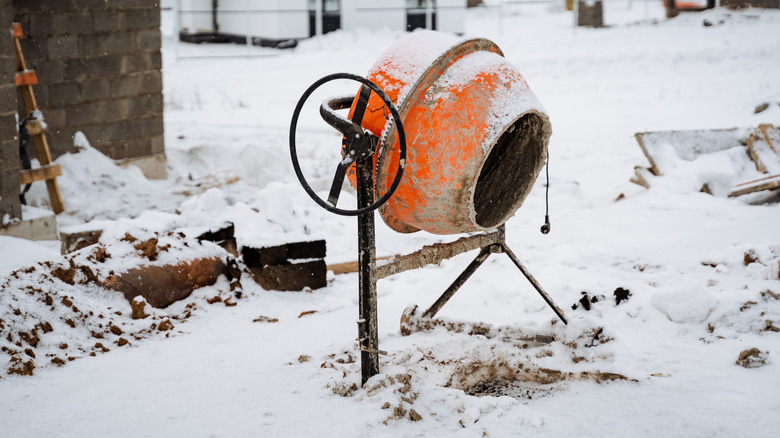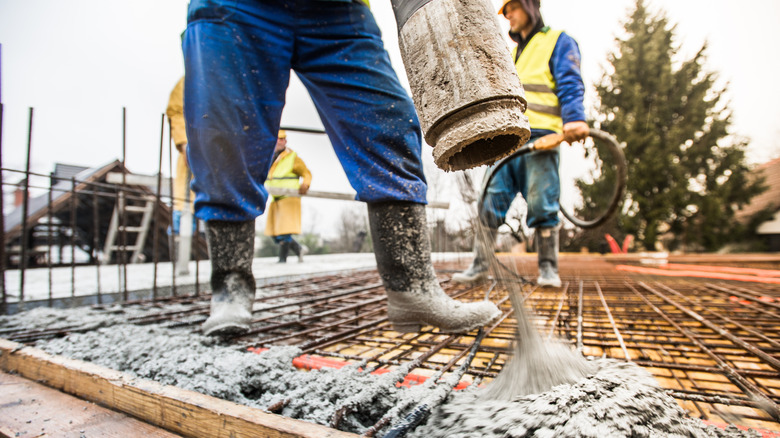What To Consider Before Installing A Concrete Patio During The Winter Months
While it's generally not recommended to install a concrete patio during the winter months, it's not an impossible task. Concrete can be poured and allowed to cure even if it's very cold out. New methods and materials developed for cold weather offer a greater degree of success than standard methods. If you're hiring a contractor to install your cold weather patio, make sure they know how to work with concrete in the winter months when cold is the major consideration. Experienced contractors will use external heat sources to keep the concrete warm enough to set properly or mix the concrete with chemicals that allow it to cure at lower temperatures. If you're DIYing a concrete patio, the outdoor temperatures should remain at the top of your mind.
For a standard concrete patio installation, "cold weather" is considered to be any temperature under 40 degrees Fahrenheit, or temperatures falling below 50 Fahrenheit for more than 12 hours. Cold weather rules may also apply when the ground or anything that comes into contact with the concrete is below 35 Fahrenheit. You also need to be aware of what the temperatures will be in the days following the installation of a standard concrete patio. If you live in a relatively mild climate, it is possible to pour your patio in winter, however, wet winter conditions can make it difficult to achieve certain finishes, such as a patio salt concrete finish.
Concrete might set differently in cold, wet weather
The ideal temperature for concrete work is between 40 and 60 degrees Fahrenheit. For those with moderate winter climates, pouring a concrete patio in the winter doesn't usually present any problems. However, concrete freezes if its temperature drops below 25 degrees, and this freezing can reduce its strength by 50%, according to the National Ready Mixed Concrete Association. It's crucial to pour your concrete patio when it won't freeze for at least two days.
Even cool temperatures above freezing will lengthen the time it takes for the concrete to cure. For instance, if the air temperature is 60 degrees Fahrenheit, it takes about 8 hours for standard concrete to set. At 30 degrees, that time increases to 19 hours. On the other hand, concrete formulated with accelerating admixtures can set faster at low temperatures, but these additives may make your project more expensive.
If you're dead-set on installing a patio in winter but concerned about pouring concrete, pavers are a smart alternative. Concrete pavers are already cured, so building a patio with them is less dependent on winter weather. Pavers are less susceptible to freeze and thaw cycles, and they come in a variety of designs so you don't have to learn how to stain or stamp concrete or battle winter moisture. Of course, you will need to be able to prepare the site, which typically involves digging into the dirt to make a smooth base layer – a hard task if the ground is frozen. Your other consideration is the material you'll use between the pavers. Some, like dirt or pea gravel won't freeze. Others, such as concrete or mortar, may freeze before they cure if the temperature is too low.

